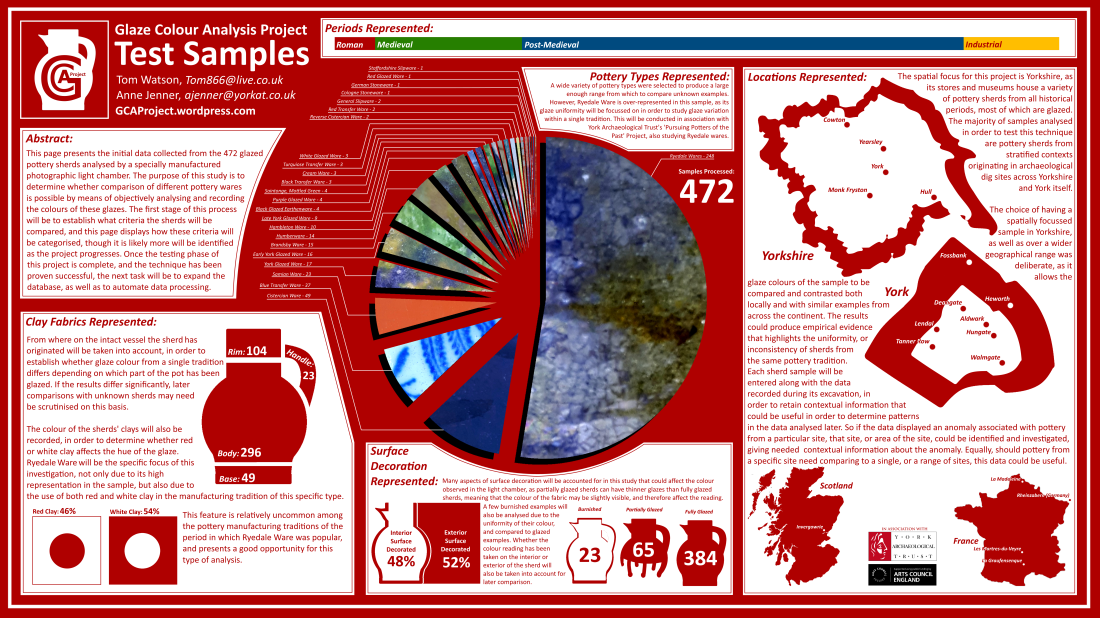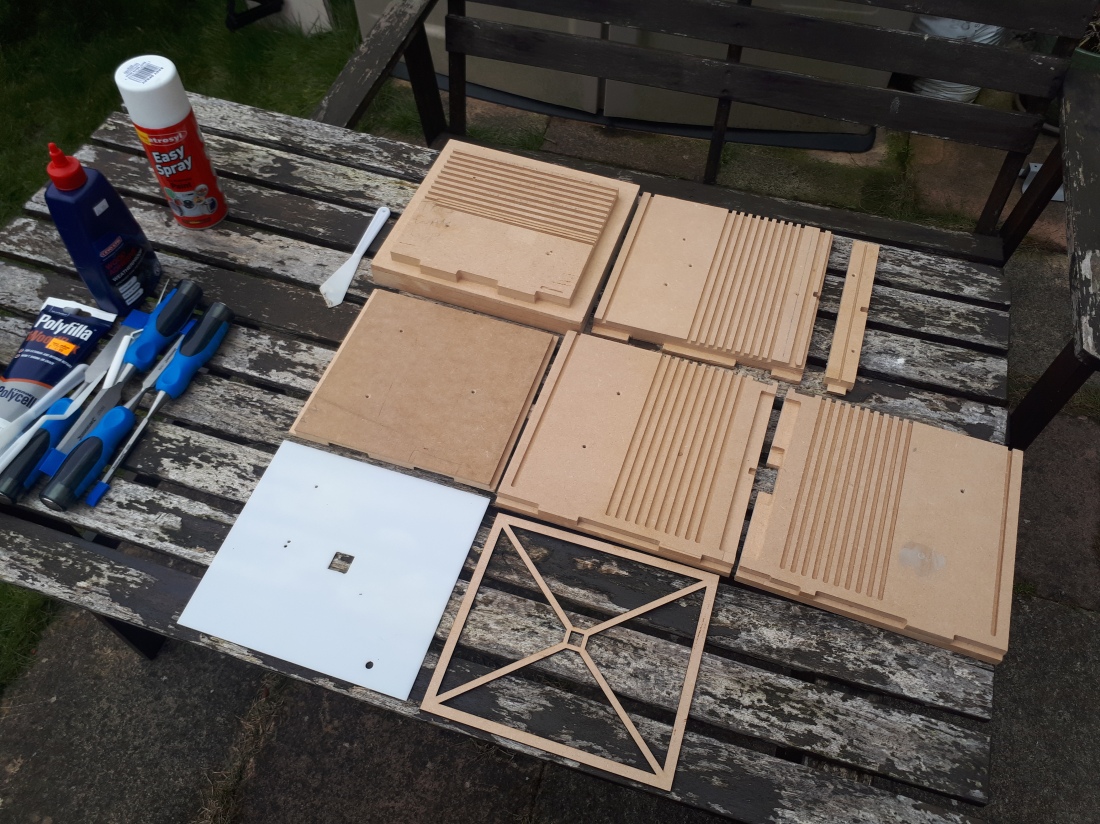Hi all!
We’re had at work getting our light chamber produced, but to fill the gap this week I thought I’d share the reading list we’ve been working with as part of the project’s background research.
Some of the books and articles listed below focus on the analysis of archaeological pottery more generally, but are must-reads for any aspiring ceramicist. The others discuss previous projects and research looking into ceramic glaze composition that have helped us formulate our approach to this project.
Please look them up if you think you’ll find them interesting! Also, if you feel our list is incomplete and would like to recommend something please comment below!
Thanks!
– Tom
Cumberpatch, C., 1997. ‘Towards a phenomenological approach to the study of medieval pottery’, in Cumberpatch, C. and Blinkhorn, P. (eds), 1997. Not so Much a Pot, More a Way of Life. Oxbow Monograph 83. Oxford: Oxbow Books, pp.125-152.
Cumberpatch, C., 2003. The origins of the post-medieval ceramic tradition in Yorkshire. [online] Available at: http://archaeologydataservice.ac.uk/archives/view/assemblage/html/7/cumberpatch.html [Accessed: 15/02/2018].
Jennings, S., 1992. Medieval Pottery in the Yorkshire Museum. Yorkshire Museum
Jervis, B., 2014. Pottery and Social Life in Medieval England. Oxbow Books.
Mainman, A. and Jenner, M.A, 2013. The Archaeology of York: The Pottery. Medieval Pottery From York. Council for British Archaeology.
McCarthy, M.R. and Brooks, C.M., 1988. Medieval pottery in Britain, AD 900-1600. Leicester University Press.
Molera, J., Vendrell‐Saz, M., García‐Vallés, M., and Pradell, T., 1997. Technology and Colour Development of Hispano‐Moresque Lead‐Glazed Pottery. Archaeometry, 39(1), pp.23-39.
Orton, C., Tyers, P. and Vince, A., 1993. Pottery in archaeology. Cambridge manuals in archaeology.
Pérez-Arantegui, J., Larrea, A., Molera, J., Pradell, T. and Vendrell-Saz, M., 2004. Some aspects of the characterization of decorations on ceramic glazes. Applied Physics A, 79(2), pp.235-239.
Rice, P.M., 1987. Pottery analysis: a sourcebook. University of Chicago Press.
Tite, M.S., Freestone, I.C., Mason, R., Molera, J., Vendrell-Saz, M. and Wood, N., 1998. Lead glazes in antiquity – methods of production and reasons for use. Archaeometry, 40(2), pp.241-260.
















